Comparing Panasonic 18650 BD vs. Panasonic 18650 BE June 02 2015, 17 Comments

The BD is grey and the BE is green
The Panasonic NCR series is perhaps the most important line of lithium-ion batteries. If that is too far a stretch because you prefer li-poly which is also good, no one would argue that they are at least big-shots of the 18650 world. The NCR18650A was the first really high-capacity lithium-ion battery in the marketplace, which is the key metric driving demand of electric vehicles - the largest market for these type of cells. The NCR18650B which came some time later is the NCR18650A's usurper with an even higher capacity. These are the two commodity cells which mostly define the "energy density metric" which all energy analysts follow so closely.
The Panasonic 18650 B is the battery powering the current generation of Tesla Model S and as such receives good attention.
The Panasonic 18650 B has cousins. They are slight variations to the original chemistry that produce slight variations in end performance. Electrolyte balances are slightly tweaked, or other changes are made to the original chemistry such that variables like cycle life, or capacity can be honed in and maximized. The Panasonic B is no exception, especially with its popularity, so it receives many variations. One variation may one day lead to the next generation of battery with a substantially (+200 mAh) higher capacity.
In this blog post I will compare the specifications and visual characteristics of two popular variations of the NCR18650B - the NCR18650BD (grey) and NCR18650BE (green). I will first post the original manufacturers specifications and then put them in a table for easy comparison. I'll walk through each spec, and finally take some pictures so you can identify the battery and its parts.
Panasonic 18650 BD Spec Sheet

Panasonic 18650 BE Spec Sheet

Comparative Specifications Table
| Panasonic 18650 BD | Panasonic 18650 BE | |
| Rated Capacity (mAh) | 3000 (at 20°C) | 3200 (at 20°C) |
| Min. Nominal Capacity (mAh) | 3080 (at 25°C) | 3030 (at 25°C) |
| Typ Nominal Capacity (mAh) | 3180 (at 25°C) | 3180 (at 25°C) |
| Discharge current for ratings (A) | 0.61 | 0.61 |
| Nom. Voltage (V) | 3.6 | 3.6 |
| Charging Voltage (V) | 4.2 | 4.2 |
| Charging Current (A) | 0.9 | [Fixed] 0.909 |
| Charging Time (hours) | 8 | 5 |
| Max. Continuous Discharge (A) | 10 | 3.63 |
| Discharge End Voltage (V) | 2.5 | 2.5 |
| Max. Weight (g) | 49 | 48.5 |
| Max. Diameter (mm) | 18.5 | 18.2 |
| Max. Length (mm) | 65.3 | 65.5 |
| Max. Temperature (°C) | 70 | ? |
What is the difference between rated capacity and nominal capacity?
Rated capacity, nominal capacity, nameplate capacity, or maximum effect - in many industries - all share the same meaning. That is the intended full-load sustained output. For lithium ion batteries the definitions are actual separate. Rated capacity and nominal capacity are often written as two distinct variables on a spec sheet, one followed by the other.
The United Nations Manual of Tests and Criteria define Rated Capacity as the capacity, in ampere-hours, of a cell or battery as measured by subjecting it to:
- Load
- Temperature
- Voltage Cut-Off Point
For lithium-ion batteries, nominal values are used for factors with variability to distinguish them from real or actual values. For example, 18650 battery manufacturers have levels of tolerance for the capacity of their batteries. It is impossible to refine the materials and processes so exacting as to produce 18650 batteries with capacities within a single milliamp hour. That is why even within Grade A 18650 cells are Ranks A and B, the latter with a capacity 10-30 mAh less (in application this difference usually only matters when putting cells in a series).
This variability in battery capacity makes it impossible for the manufacturer to approximate a single real value. Instead they use a nominal capacity (one with a certain tolerance) and usually divide this factor further by a minimum and a typical rating so you can appreciate the range of capacity this cell might have in reality when you receive it.
Beware: Rated capacity definition for lithium-ion batteries are ambiguous
I am referring to a United Nations regulation from 2010 which found that rated capacity was not adequate to rate a lithium-ion battery. The determining factors going into the rating can too easily be exaggerated by manufacturers to gain an unfair advantage by claiming capacity higher than they should.
If you are in the European Union, this is not the case. The EU uses International Standard (IEC 61960) as a globally recognized standard to evaluate the rating of a battery. The EU does not require a watt-hours label.
Combine rating with watt-hours
The new regulations state that battery manufacturers must include Watt-hours. So when you are determining which cell and which capacity will fit your application, take some time to look at watt-hour rather than only a rated capacity it your capacity demands are stringent.
The United Nations Model Regulations are such:
"Watt-hour"
"Rated Capacity"
Capacity of Panasonic BD and Panasonic BE
Differences
- BD has +50 mAh nominal capacity
- BE has +200 mAh rated capacity
So which battery has a higher capacity? Well, with such ambiguous definitions, it is quite difficult to say out-right. My instinct after reading the United Nations report on the definition of rated capacity is to go with the more variable nominal rating, especially its typical designation. In this case both the 18650 BD and the 18650 BE have exactly the same typical nominal capacity of 3180 mAh.
With every battery discharge test you run at home, you also have to consider the three factors (load, temperature, voltage cut-off point) if you want to get your own battery specs to match with the manufacturer's. You can see the proper conditions in the comparative spec chart posted above.
The characteristics of the discharge test for both batteries are:
- 20 or 25 degrees Celcius ambient temperature
- .61 ampere discharge current
- 2.5 volt cut-off point when the discharge ends
Battery Bro's Panasonic 18650 BD and BE discharge test conditions
To find out more accurately in my own case, with two battery samples, one BD and one BE which has a higher capacity I used an 18650 charger and custom-built Arduino lithium-ion battery discharger with an 18650 adapter and a port through USB where I can chart the discharge curve.
I always like to run through three to five discharge cycles before using the data from the discharge curve for analysis. I find that some cells do not need the initial cycles, but others do. It depends on what tests the manufacturer performed on them, how they were stored, and how long they were stored. It also depends on their chemistry type and how they particularly handle the transfer of ions. To have a more accurate test it's good to cycle them a few times, seeing that they charge up to their full capacity.
Discharge tests should start with a fully charged battery at 4.20 V but with my set-up and in application my tests start at ~4.16 V. This quick volt drop in the beginning is just a millisecond and does not account for a notable change in the ending capacity. Also make sure the end-voltage is correct as some unaccounted volts at the end of the curve can easily account for 100 or 200 mAh. Every battery is rated differently and in this case of the BD and BE the discharge tests should end when the batteries are at 2.5 V.
BD Discharge Tests



BE Discharge Tests


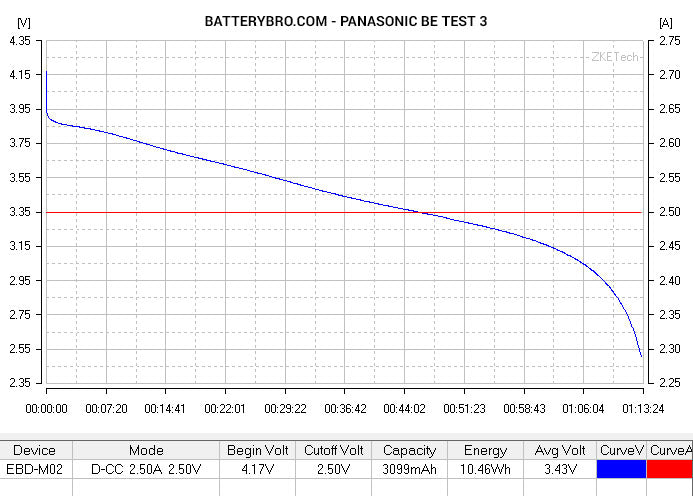
Discharge tests table
| BD Capacity (mAh) | BD Energy (Wh) | BE Capacity (mAh) | BE Energy (Wh) | |
| Test 1 | 3136 | 10.59 | 3115 | 10.5 |
| Test 2 | 3114 (-0.70% change) | 10.52 | 3101 (-0.40% change) | 10.47 |
| Test 3 | 3061 (-1.70% change) | 10.34 | 3099 (-.006% change) | 10.46 |
| Average | 3103 | 10.48333333 | 3115 | 10.47666667 |
| Capacity difference (mAh) | 12 | |||
| Energy difference (Wh) | 0.01 |
Here is the data from the above tests in an easy format to compare. I wanted to know which cell had a higher capacity - but there is no winner. The Panasonic 18650 BE has a higher capacity but only of 12 amps (about 0.3% of the total capacity), which is well within the margin of variability. From these discharge tests I would conclude the BD and BE both have the same capacity, and my numbers line up very well with what I would have expected by following the manufacturers nominal capacity rating.
Remember the typical nominal capacity for both batteries as outlined by the spec sheet is 3180 mAh and had I limited my amp drain from 2.5 V down to .61 V as per testing conditions for the spec sheet I would have easily hit this capacity target.
This goes very much against the rated capacities of each battery. The BE is rated at 3200 mAh while the BD only 3000 mAh. However under closer look, both batteries share exactly the same capacity rating.
Charging Time and Max. Continuous Discharge
Most aspects of these two batteries are the same. However charging time and maximum continuous discharge ratings are very different. In a higher-drain situation you must choose the BD over the BE. The BE has a very low drain limit (about 3 amps) compared to the BD (with about 10 amps). If you need acceleration, torque, or burst power of high amps - there is no contest, the BD wins.
Interestingly enough, for the 18650 BD to achieve this it had to be compensated for with a longer charge time. The BD takes eight full hours to charge on its rated charge current of .9 amps. The spec sheet states 3 amps is the limit this battery will take. Compare that to the BE with a reasonable five hour recharge. That is actually a 40% decrease in charge time.
So you must weight amp discharge with charge-time if you are choosing between these two batteries, as all other specs are more or less the same.
Visually inspecting your Panasonic 18650 batteries
The appearance of your battery
Should not have
- Scratches
- Rust
- Discoloration
- Dirt
- Deformation
- Leakage
You should also take a look at the pictures below and see that they match your own batteries.
Profile Shots


Compare your batteries to these shots. How similar are they? The color in my BE shots is really off because of the blue background yellow lighting. They are a lime green and not so yellow in real-life.
QC Code under PVC


Here is something you can quickly check for. The Panasonic BD and BE both have a quality control code printed directly on the steel underneath the heat-shrink PVC. However you can still see it, albeit faintly. Check to make sure your cell also has a code somewhere visible. Other markings may also be visible, for example my BD had an alphanumeric near the negative terminal as well. If your battery is missing all QC codes it is a red-flag.
Top-cap comparison
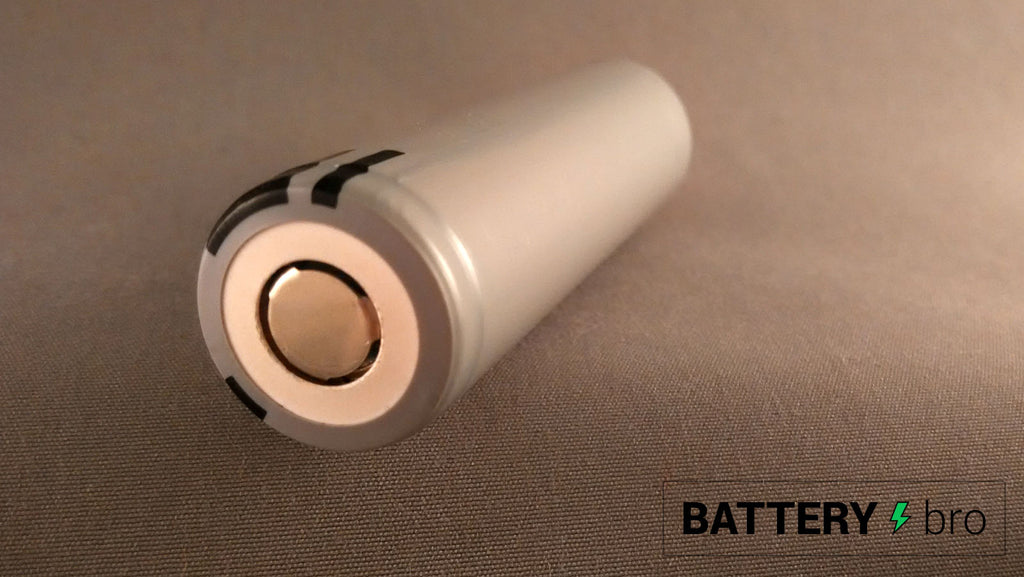
Panasonic has the most variety of its top caps in 18650 batteries. The grey BD has a circular positive terminal very similar to that of the Samsung 25R. It has three connection points between the positive terminal and the rest of the top cap.

The Panasonic 18650 BE on the other hand has a sharp, triangular positive terminal.

Here you can see the two batteries and their positive terminals side-by-side.
Negative Terminal

The Panasonic BE is also unique because of its bottom terminal with an indented ridge.

Length Measurement

IMPORTANT! Never measure your battery like this using metal calipers. You always want to be extra careful not to connect the positive and negative terminals as this will short-circuit your battery and potentially cause an explosion.
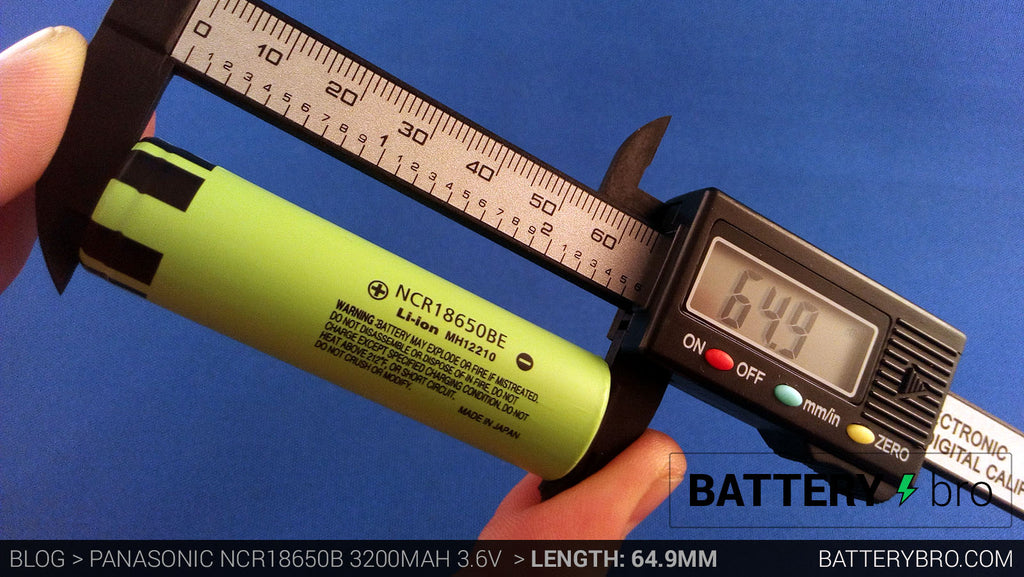
All the measurements check out to the spec. sheet max values and actual values do not exceed what was expected.
Weight Measurement


The BE weighs in slightly heavier than the BD.
Notes on building lithium battery packs
If you are building rechargeable battery packs, Panasonic cautions the following on design:
Designing a lithium battery back
- Can not connect to unauthorized chargers, equipment, or other devices
- Terminal shape should be designed to prevent short-circuiting
- Over current protection function to prevent external short circuits
- Terminal shape designed so it can’t connect backwards and short-circuit
- Design should prevent static, electrolyte, or water ingress* issues
- Protection circuit should be accessible to be inspected
- If electrolyte leaks out of the battery, it should not be able to reach the PCB
- Cells should be fixed in place so they can’t jostle around
- Use glue, and be careful if ultrasonic welding
- Should be sealed shut so end users can’t touch cells
The protection circuit for the battery pack requires:
- Overcharge protection
- Over discharge protection
- Over current protection
Avoid connecting cells together by soldering. Many DIYers weld directly on the top-cap of the batteries which can (pretty easily) lead to short-circuiting. As the negative and positive terminal meet right near the top of the battery, a bit of solder which slides to the edge of the battery is all it takes for a thermal runaway event.
The proper way to connect batteries is with lead plates and spot welding.
*Water ingress is the leaking of water into an enclosure.
Storing Panasonic 18650 BD and BE
You should store the batteries under the following conditions:
- Between -20C and +20C
- Low humidity (less than 70 %RH)
- No corrosive gases
- No condensation on batteries
If you are storing them longer than three months the only difference is
- Discharge or partially discharge the batteries for long duration.
The Panasonic 18650 BD is shipped out at 48% charge which is just about 1500mAh. Every month the batteries are stored, they will lose some voltage. This is why when you receive the batteries they will have a slightly lower charge.
The BD should has a lower limit of 2.0V - so consider discharging your batteries but monitoring that they do not go under 2.0V. Maintenance every few months might be necessary to top up capacity. Cells under 2.0V will start to decompose.

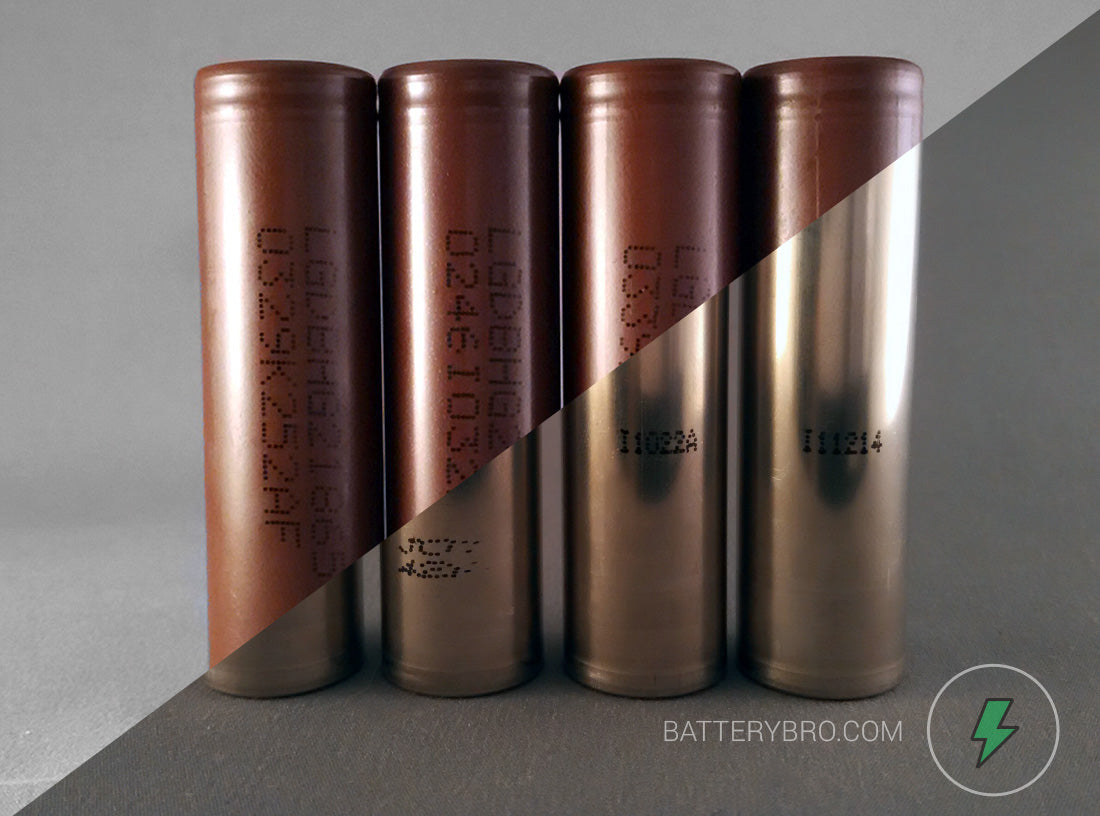
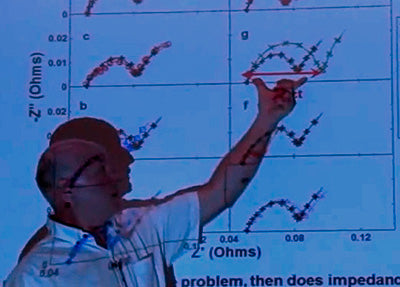
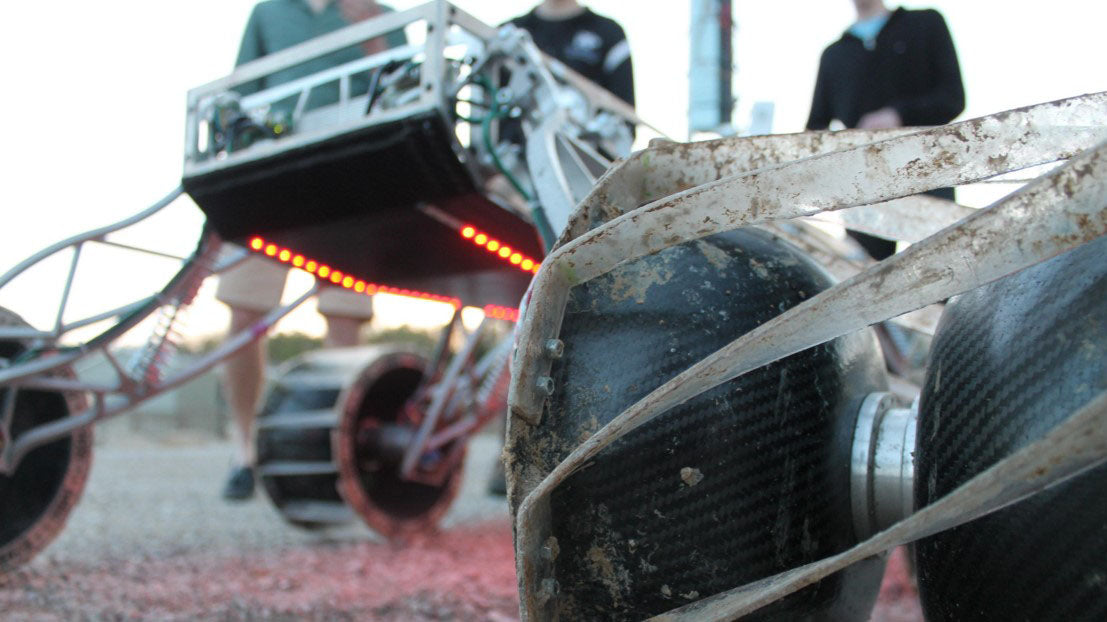

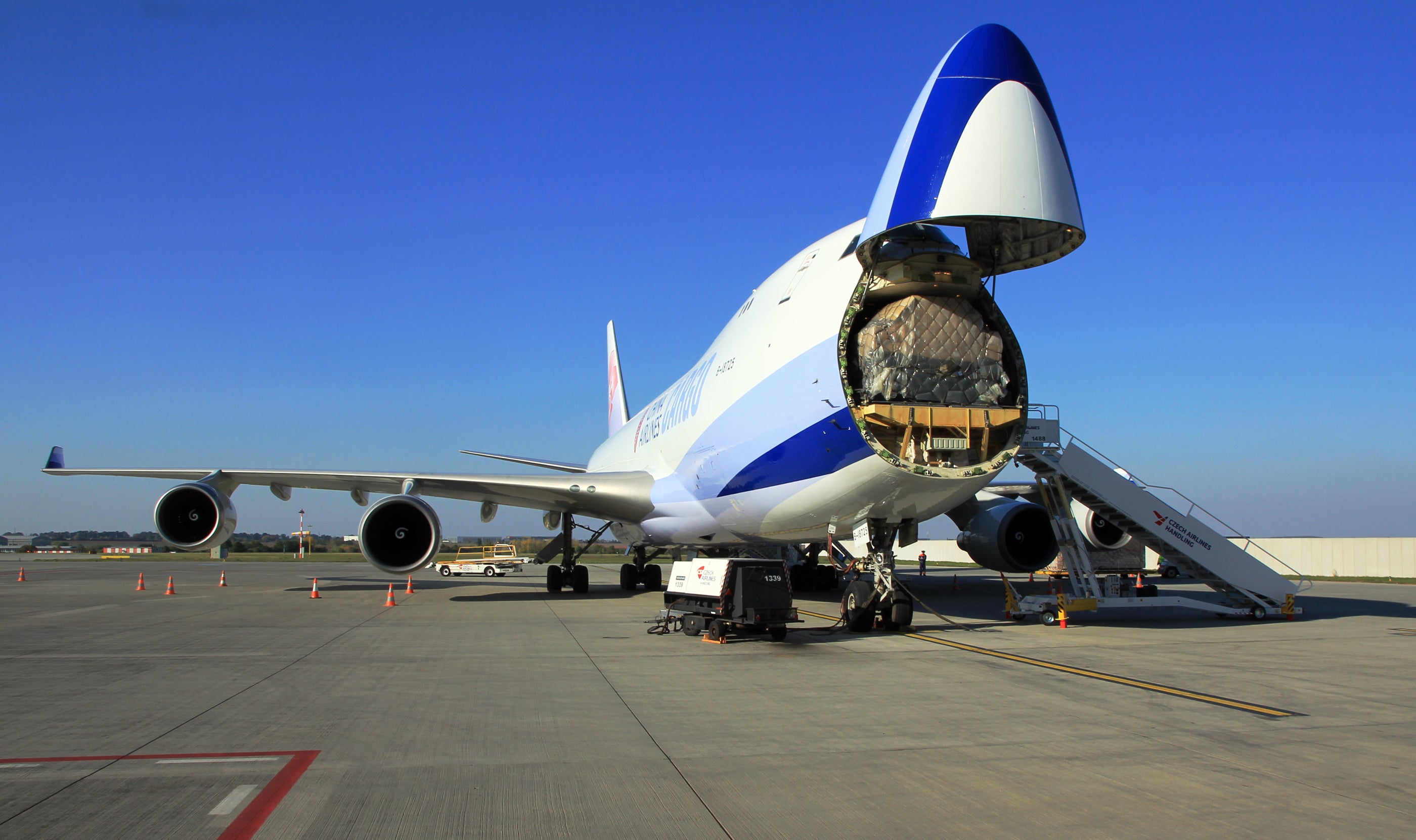

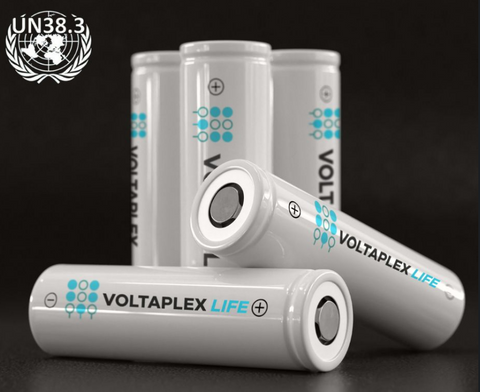

Comments
Martin on June 01 2019 at 05:41AM
Very informative article. Can you confirm for the BE model, the charging rate is listed in the table as std rate of 0.0909 Amps vs the BD of 0.9 A. -a factor of 10 in difference..
Is this a possible typo or am I missing something important between the two?
Thanks!
Martin
Lionel on June 01 2019 at 05:44AM
See;
Storing Panasonic 18650 BD and BE
You should store the batteries under the following conditions:
Between -20C and +20C Low humidity (less than 70 %RH) Why store below +20 C ? … ambient temperature in Africa is often +40 C in the shade .Martha on September 07 2018 at 08:25AM
You note BE’s are light green. All I rec’d are green, but labeled as BD’s. Also specs (when ordering say “3400 mAmp” but your tables do not show any with capacity of 3400mAmp.Did they lie?
Watcharapon on June 28 2018 at 12:32PM
I wish they are testing by discharging cells in different amp and see if BD can sustain voltage @ high discharge rate, that would be perfect.
Sofi on February 16 2018 at 07:24AM
Hi! Sasmsung 25R has ranks A and B. Is it the same as with Panasonic? Difference only in 10-30mAh and ranks A and B are both A grade?
Thank you!
Shaheemster on November 30 2017 at 01:20PM
I am looking for Product safety data sheet (PSDS) for Tesla 18650 cells. We are trying open the cell to recover cathode materials for recycle as part of our R&D.
Kalle on October 25 2017 at 03:14AM
“The proper way to connect batteries is with lead plates and spot welding.”
Lead plates are never used to connect cells by spot-welding.
It would not work. The strips are usually nickel.
You may have got confused with copper ‘lead’ wires soldered to the nickel strips.
Kalle
Puja on July 20 2017 at 02:28AM
Very Detailed Article, Lithium Ion Batteries has Great scope in market. Lithium Ion Battery Market worth 68.97 Billion USD by 2022
The major players involved in the lithium ion battery market are LG Chem Ltd. (South Korea), Panasonic Corporation (Japan), Samsung SDI Co., Ltd. (South Korea), BYD Co. Ltd. (China), BAK Group (China), A123 Systems, LLC. (U.S.), GS Yuasa Corporation (Japan), Hitachi, Ltd. (Japan), Johnson Controls Inc. (U.S.), Saft Groupe S.A. (France), Toshiba Corporation (Japan), and Valence Technology Inc. (U.S.).
Download PDF Brochure: http://www.marketsandmarkets.com/pdfdownload.asp?id=49714593
The objective of the report is to provide a detailed analysis of the lithium ion battery on the basis of type, power capacity, industry, and geography. The report provides detailed information regarding the major factors influencing the growth of the market. The report also provides a detailed overview of the value chain in the market and analyzes the market trends with Porter’s five forces.
Browse 78 market data tables and 95 figures spread through 190 pages and in-depth TOC on “Lithium Ion Battery Market"
khan on December 23 2016 at 02:59AM
where can i buy these batteries ??
Anton on November 12 2016 at 02:49AM
The cases or tubes are steel. Some specialized manufacturers like Saft I believe have produced some aluminum cells.
Millstonemike on November 10 2016 at 11:41AM
I am puzzled by your discharge results. You say all discharge tests are done at 0.61 amps. All the tests run for a little over an hour before low voltage is reached. This suggests capacity ratings of 610+ mAh. But your stated capacity ratings are in the 3,000 mAh range.
What am I missing.
Anton on April 18 2016 at 07:42AM
@dan
It is normal for international shipping for the manufacturers to store and ship them at a 20% – 30% charge. The lower the charge, the safer, with the lower limit being about 20%.
Yes you can fully charge them up to 4.2 volts as soon as you receive them.
It only takes 2-4 cycles until they reach their full performance (when they have the highest usable capacity).
dan on April 10 2016 at 05:59AM
Hi
I am a new comer to the world of 18650
I have just bought a MASTER PLUS XTAR Charger with 4 Panasonic 18650B, seem great !
they are delivered at 25% charge and I am trying to charge them full
don’t know if I should store them fully charged ??
Do I need many cycles charge/discharge to get the best of them ?
thank you
kiev on February 09 2016 at 10:54AM
Are the cases made of a ferromagnetic steel or are they some other material, e.g. aluminum, etc?
Anton on October 27 2015 at 01:24AM
@pat These particular cells do not have any protection circuitry (PCB). However, after-market suppliers like us (Battery Bro) can add protection to any 18650 for a dollar or two per cell. This does limit their max. amp discharge to around 6-10A. If you are thinking about building a larger pack you should look into a BMS or battery management system.
pat on October 14 2015 at 02:06AM
Hello Henry -
I read your comparison of the Panasonic 18650 BD & BE with interest. You did a nice job. One thing I was hoping to see was whether they were “smart” batteries, i.e., do they contain circuitry to eliminate overcharging.
I am thinking of buying a couple of the BE’s, but only if they have protection. I’ll keep looking around for the answer.
Pat
Henry on June 29 2015 at 01:12PM
thanks a lot!